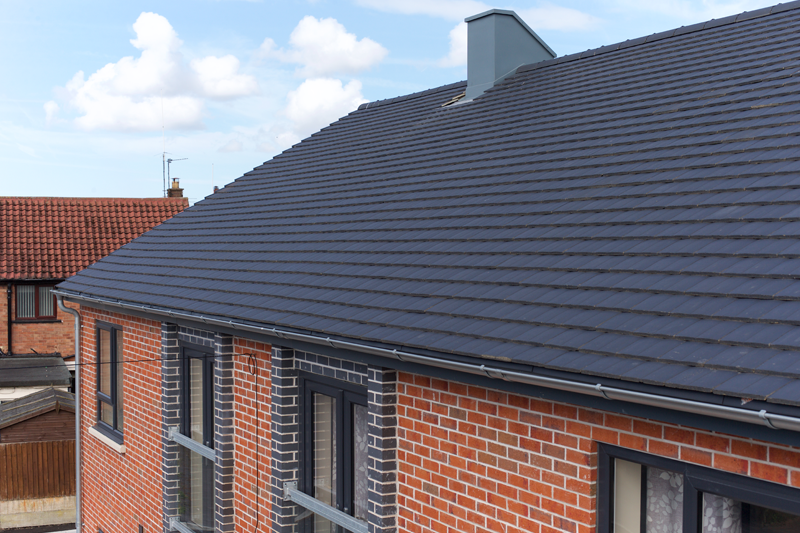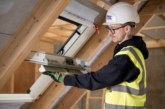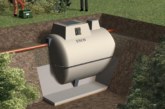
With a growing number of challenges confronting the market, cost-effectiveness and a focus on protecting margins and profits can become even more important factors than usual.
Rachel Appleyard, Concrete & Lead Product Manager at BMI UK & Ireland, puts the argument into a roofing context.
In uncertain times such as these, fashion, style and material are less trend drivers than cost-effectiveness and a focus on protecting margins and profits. Trends in roofing are no different and with there seeming to be a slight slowing of projects at the moment — for example, some indicators for the housing market not at their most optimistic — we continue to see a shift, by developers at least, towards large format concrete tiles.
Volume housebuilders now prefer large format interlocking concrete tiles for ease and rate of laying — not least because there are fewer tiles per m². With the speed of build increasing dramatically over recent decades, it’s obvious why a tile that is faster to lay and requiring fewer per roof, would appeal.
Large-format concrete tiles are highly cost-effective because of these installation benefits and give developers, contractors, specifiers and local authorities the opportunity to roof and re-roof relatively inexpensively.
One popular example of a large-format concrete tile is the BMI Redland DuoPlain range. This combines the classic proportions and good looks of traditional plain tiles with all the time and cost-saving features of a modern, large-format interlocking tile.
Another often overlooked benefit of large-format concrete tiles — common to DuoPlain and comparable tiles — and something that increases their appeal to some specifiers and public authorities is their sustainability in the context of embodied carbon.
Engineering consultants Arup — commissioned by BMI UK & Ireland — analysed the carbon dioxide emissions of the company’s operations. The figures in the Arup report show that the embodied energy of concrete tiles at 91-146MJ/m2is half that of equivalent clay tiles.
These results can be significant for builders needing to describe the sustainability of their buildings to local planning authorities and so add to their appeal as being — alongside format and price — a stock item for merchants.
Given the understandable premium of alternative pitched roof coverings in both material and installation costs, it is also reassuring that large-format concrete tiles still offer good aesthetics when specified for volume housing that demand a high degree of kerb appeal.
In uncertain times such as these, a further point is that it is not just about the materials but also security of supply. So it is important to identify suppliers — such as BMI UK & Ireland — for whom quality is inherent; who are robust and able to weather any market storm; who offer a secure supply chain; and who provide warranted solutions for fewer issues and increased customer satisfaction.
For more information on the BMI Redland DuoPlain range, click here.









